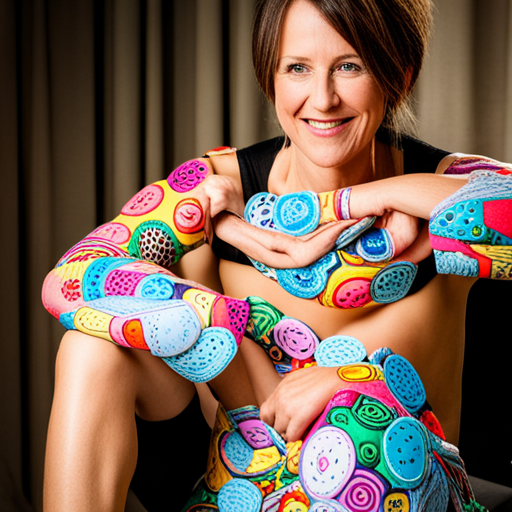Casts have long been used as a means to heal broken bones, with a history dating back to ancient civilizations. In modern times, casts have not only served as a practical medical tool but have also become a canvas for self-expression and humor.
Adding funny messages to casts has become a popular practice, providing a lighthearted touch to the healing process. From witty phrases like ‘Break a leg!’ to clever references to the injury itself, such as ‘Call me if you need a hand!’, these messages not only bring a smile to the wearer’s face but also serve as a reminder of the support and positivity surrounding them.
This article explores the history and significance of funny messages on casts, as well as provides tips for writing creative and humorous messages. By incorporating humor into the healing process, individuals can find solace and encouragement in their recovery journey.
Just The Essential Highlights
- Funny messages on casts provide a lighthearted touch to the healing process.
- Writing humorous phrases or jokes on a cast shows support and empathy towards the person wearing the cast.
- Personalizing the message according to the individual’s sense of humor is important.
– Funny and uplifting messages bring a smile to the person’s face and aid in the healing journey.
Funny Cast Messages

The practice of writing funny messages on casts is a popular way to add humor to the healing process and provide encouragement, as seen in the examples of ‘Break a leg!’ and ‘Temporary Exoskeleton.’
People have been signing casts for generations, but the trend of adding funny messages has gained popularity in recent years. By writing humorous phrases or jokes on a cast, friends and family can bring a smile to the injured person’s face and lighten their mood.
Some popular funny messages include ‘Call me if you need a hand!’ for a wrist/arm cast and ‘Nice trip. See ya in the fall!’ for someone who fell and injured themselves.
These messages not only provide amusement but also show support and empathy towards the person wearing the cast.
History and Significance

In the realm of medical treatment, casts have played a significant role in the mending of broken bones for centuries. Throughout history, casts have evolved from rudimentary materials like tree bark and linen used in ancient Egypt to the modern-day materials that provide better support and comfort.
The process of signing casts has become a common practice, offering a sense of camaraderie and encouragement during the healing process. Additionally, the decoration of casts with bright-colored materials or cast covers adds a touch of personalization and creativity. This not only uplifts the spirits of the wearer but also creates a visual representation of their journey towards recovery.
Overall, casts have not only served as a practical tool for healing broken bones but also as a canvas for self-expression and humor.
Tips for Writing on Casts

One helpful tip for writing on casts is to keep the message short and concise, ensuring that it fits well within the limited space available.
Since casts provide a small area for writing, it is important to choose words that are both funny and meaningful. Humorous phrases can help uplift the spirits of the person wearing the cast and create a lighthearted atmosphere during the healing process.
Additionally, using puns or wordplay can add an extra touch of humor to the message. It is also important to consider the individual’s sense of humor and personalize the message accordingly.
By taking these tips into consideration, one can create a funny and uplifting message that brings a smile to the person’s face and aids in their healing journey.
Frequently Asked Questions
How long does it typically take for a broken bone to heal?
The typical duration for the healing of a broken bone depends on various factors such as the location and severity of the fracture, the individual’s age and overall health. However, it generally takes several weeks to several months for a broken bone to fully heal.
Are there any specific materials or tools needed to write on a cast?
Specific materials or tools are not needed to write on a cast. Generally, a marker or pen can be used to write messages or draw on the cast. It is important to ensure the writing does not interfere with the healing process.
Can you provide some examples of inappropriate or offensive messages that should be avoided when writing on a cast?
Inappropriate or offensive messages to avoid when writing on a cast include those that mock or belittle the injury, use offensive language or slurs, make light of the person’s pain or discomfort, or are disrespectful towards the person or their situation.
Is it possible to remove or change the message on a cast once it has been written?
Yes, it is possible to remove or change the message on a cast once it has been written. This can be done by using nail polish remover or rubbing alcohol to dissolve the ink, or by covering the message with a new layer of cast material.
Are there any cultural or societal considerations to keep in mind when writing a funny message on a cast?
Cultural and societal considerations should be kept in mind when writing funny messages on casts. It is important to be sensitive to the individual’s cultural background, beliefs, and values to avoid causing offense or discomfort during the healing process.
